In this blog post, CHM curatorial fellow Elizabeth Barahona recounts the police violence against Republic Steel organizers in what came to be known at the “Memorial Day Massacre” with a focus on the harm done to two Latino workers.
Content warning: This post contains images of violence and police brutality.
On Memorial Day, Sunday, May 30, 1937, several hundred individuals—white, Black, and Latino men, women, and children—were peacefully protesting at Republic Steel on Chicago’s far Southeast Side. The demonstrators presented the steel company with demands that included recognizing their union, ratifying a labor agreement, raising wages, enhancing workplace safety, and ceasing unfair labor practices such as suppressing and retaliating against union activities.
The National Labor Relations Act of 1935 had guaranteed workers the right to organize into trade unions, engage in collective bargaining, and participate in collective actions like strikes. So, the protesters approached the Republic Steel plant with hope. After all, just a few months earlier, in March 1937, U. S. Steel, the country’s largest steel producer, had agreed to a union arrangement, setting a precedent for others like Republic Steel to emulate.
Families began the day at the union headquarters, a quaint establishment known as Sam’s Place. Dressed in their Sunday best—suits, white dress shirts, dark pants, complemented with a variety of fedora, panama, homburg, and poorboy hats—they planned a parade at the conclusion of the protest march. Unfortunately, the day did not go as planned.
Republic Steel had anticipated their demonstration and acquired more than $50,000 worth of tear gas to supply the Chicago police merely ten days prior. They also procured distinct white clubs fashioned from hatchet handles—vastly different from the standard police nightsticks. The Chicago police intentionally increased their force to 264 officers that afternoon.
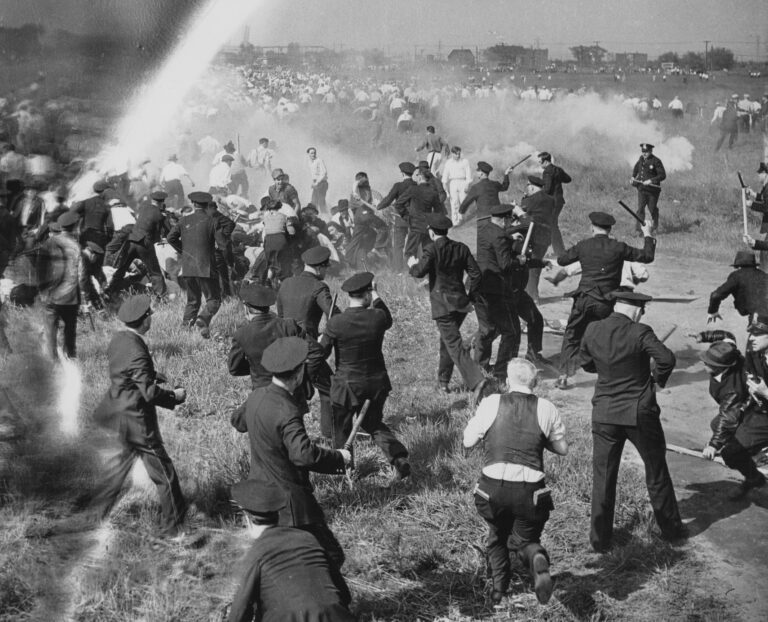
Police confronting strikers outside Republic Steel during what became known as the Memorial Day Massacre; some police can be seen holding white hatchet handles, Chicago, May 30, 1937. DN-C-8769A, Chicago Sun-Times/Chicago Daily News collection, CHM
As the protesters marched, they faced a formation of uniformed police officers. What followed was a harrowing display of state force: police threw tear gas canisters, fired bullets, and used their clubs to brutally bash the heads and bodies of the demonstrators.
The aftermath of the violence was catastrophic: ten lay dead, 40 were shot, and more than 90 were wounded.
Among the injured was Ms. Guadalupe “Lupe” Gallardo Marshall, a petite 31-year-old Mexican immigrant and volunteer social worker at the Hull-House Settlement. Marshall stood among the 200 women at the march. Police officers beat her, but even as she tried to escape, she defended her unconscious fellow protestors. Police forced her into a packed wagon, alongside other injured demonstrators, where despite her own injuries, Marshall attended to other victims. The wagon deliberately roamed the city, delaying its arrival at Burnside Hospital on the South Side.
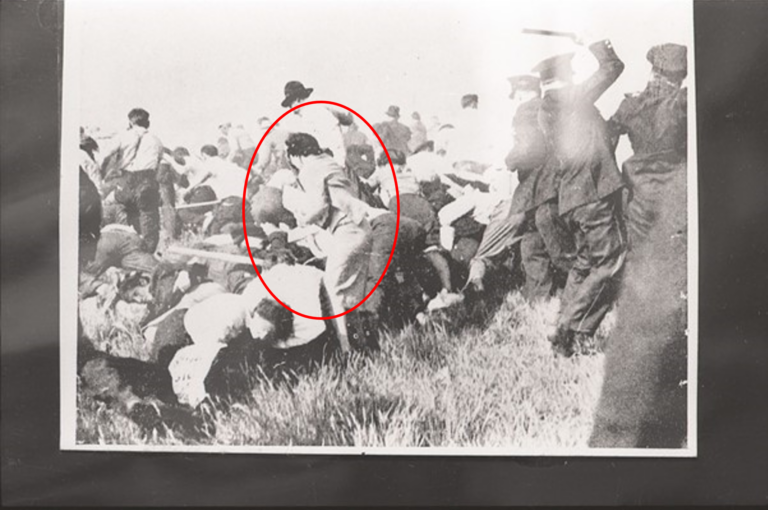
Lupe Marshall can be seen in this photograph of picketers rushing to Republic Steel strikers on the ground, May 30, 1937. Courtesy of the Southeast Chicago History Society, Archive ID: 1981-077-079k, gift of Edward Sadlowski.
At the South Chicago Police Station, the police detained other injured protestors for up to three days. One of those detained was Max Guzmán, a 26-year-old Mexican steelworker, who had been struck in the head by an officer. Without providing medical care, police fingerprinted Guzmán at the station, interrogated him about alleged communist ties, and when they learned he was not a US citizen, threatened him with deportation.
When the dust settled, influential newspapers such as the New York Times and the Chicago Daily Tribune, owned by the staunchly antilabor and McCarthyist McCormick family, presented an inaccurate narrative, accusing the protesters of everything from initiating the violence on police, to being under the influence of drugs and subscribing to communist ideologies.
Fortunately, journalists and cameramen from other media outlets, including Paramount News, attended that day. Paramount executives initially withheld the footage they captured, fearing that its release to the public might cause significant unrest or backlash, but it was ultimately released during a monumental US Senate investigation into the event.
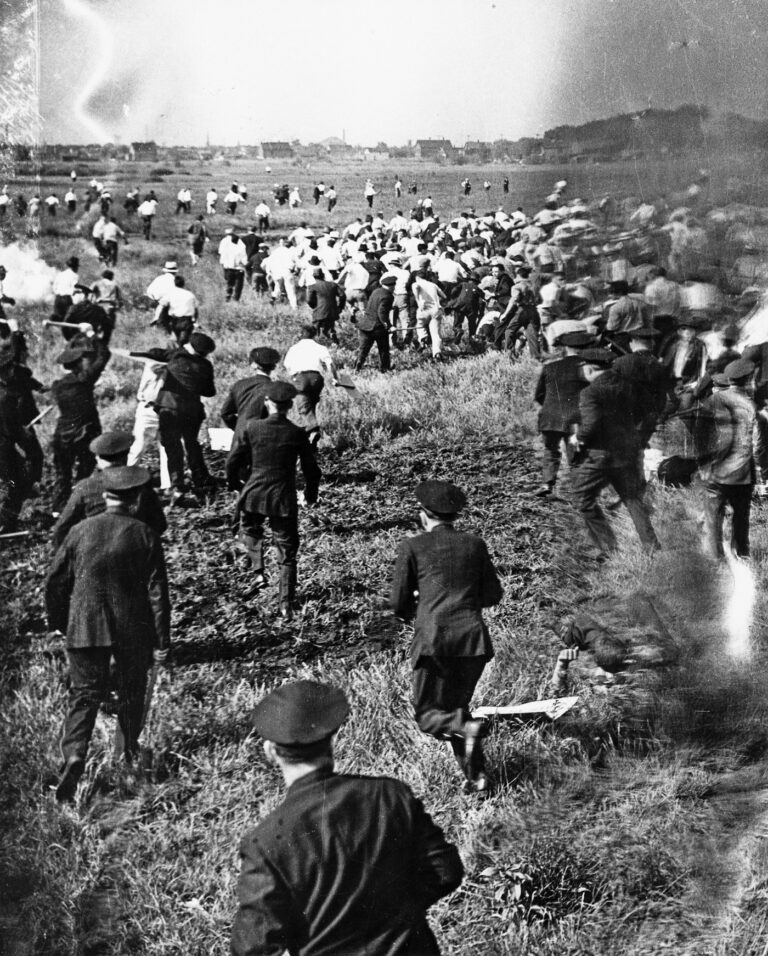
Another Chicago Daily News image of police confronting strikers, Chicago, May 30, 1937. DN-C-8769B, Chicago Sun-Times/Chicago Daily News collection, CHM
From the footage, the Senate committee determined that the police made many baseless allegations, including lying about carrying regulation equipment-night sticks and instead carrying hatchet-handle clubs and tear gas. The investigation exposed the truth and debunked other police claims, revealing their aggressive, unprovoked tactics and the subsequent cover-up. The Senate concluded that the police did not properly prepare their officers with clear instructions, used excessive force in their interactions with protestors, and did not carry out an honest investigation of the events.
As the newsreel footage played across cinemas nationwide, the truth of the “Memorial Day Massacre” became undeniable. This event, the victims, the survivors, and the media’s role in shaping its narrative underscore the everlasting importance of documenting and challenging power. And the resilience and sacrifices of Latinos such as Lupe Marshall and Max Guzmán, especially in the face of police brutality, underscore the pivotal role they played in the struggle for justice and equity in Chicago.
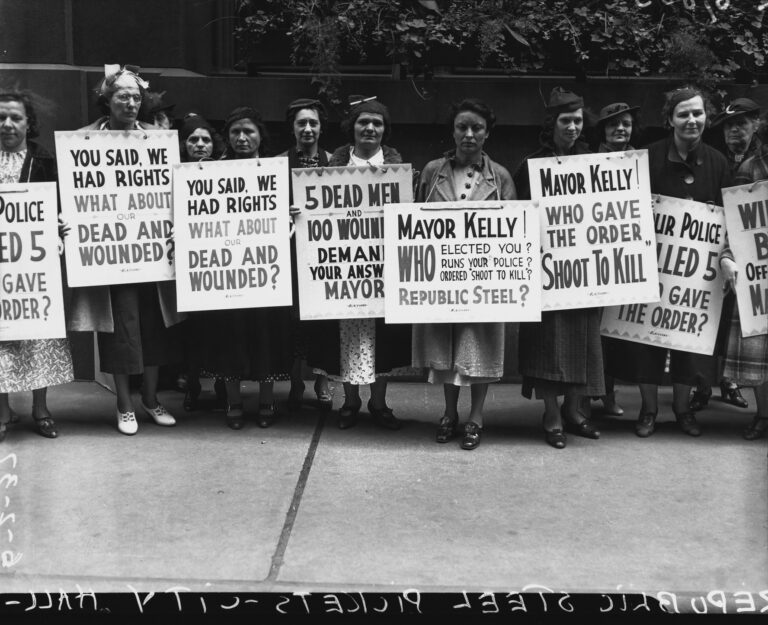
Women protesters picketing at City Hall in support of Republic Steel strikers after what is known as the Memorial Day Massacre, Chicago, June 2, 1937. DN-C-8805, Chicago Sun-Times/Chicago Daily News collection, CHM
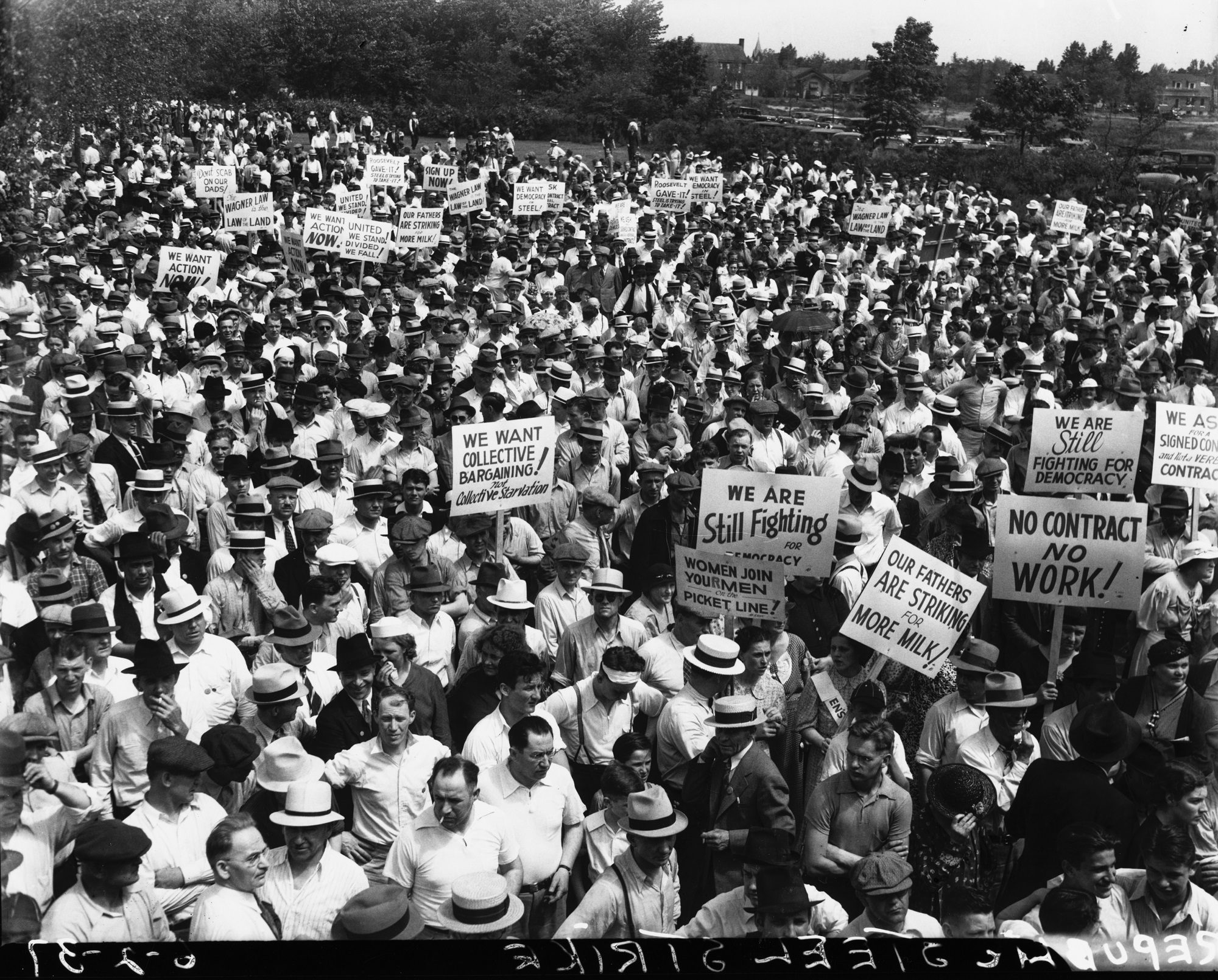
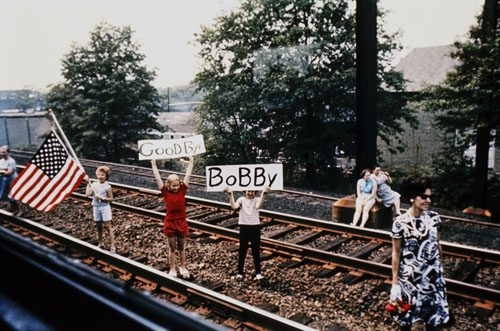

Comments